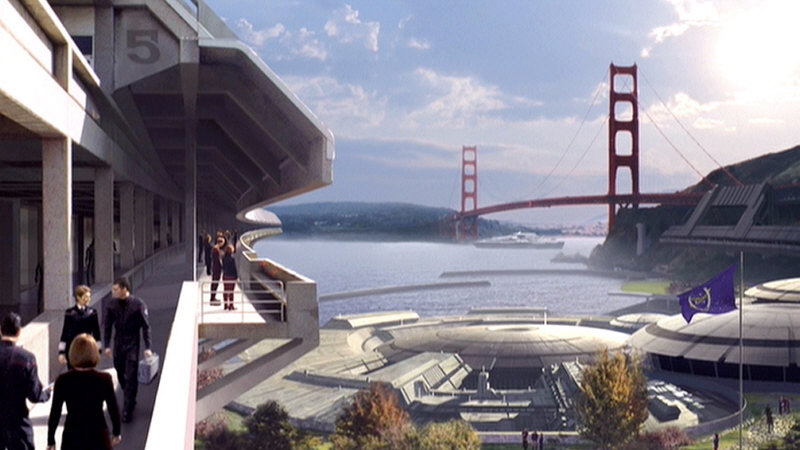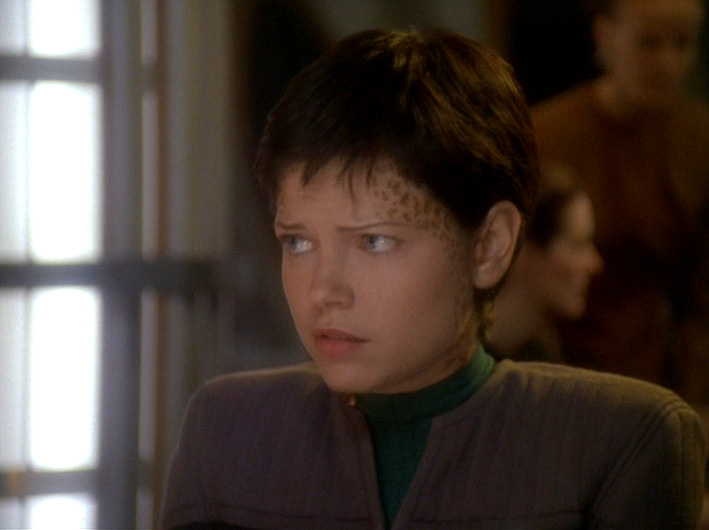According to Al Gore and most climate change scientists, my home is going to disappear under water. Not in the immediate future, but sometime later this century. A local Dutch website monitoring rising sea levels, is optimistic about my short-term chances; my apartment in Amsterdam is built on top of a 17th-century levee at two meters above current sea levels. I am going to be fine for now. But sooner or later, the North Sea will gradually flood most of the Netherlands.
Billions of people all over the world share my predicament. Some feel themselves to be safe because they live on higher ground. But none of us will escape the problems of polluted oceans, dirty air, declining bio-diversity and a global climate system thrown out of sync.
This is hardly breaking news. Nowadays, many people are more aware and more attuned than ever. But this does not mean no one knew before. Rachel Carson’s novel Silent Spring, the first warning about environmental disaster, was published in 1962. Carl Sagan’s Pale Blue Dot, the book and television series, were published and broadcast in the early 1990s. Many others have since added their findings.
COVID-19 quarantining measures have caused me to spend much time at home. I started to wonder how climate change figures in Star Trek. In anticipation of binge-watching Picard with a friend (postponed for now) I took the opportunity to re-watch the several series in the franchise, with my Green-Left Party cap on, and knowing what I know today.
It was enlightening. In most of the franchise, Star Trek simply circumvents this issue. Something must have happened to counteract the environmental disaster that was going to befall Earth. Did nation states cease to exist because of some environmental catastrophe? Possibly. But what exactly occurred, we never find out.
The silence speaks to us. Starfleet Headquarters is situated in San Francisco, so that city, and its iconic bridge, are still there. But many other cities are never referenced. Like 24th-century London. Or Mumbai and Sydney. They may still be thriving and bustling, they may have disappeared into the sea, or in a gruesome war. Their buildings may still be standing there empty, having been abandoned after a pandemic, but we do not know.
The writers who created Kirk and Spock had no clue these cities were at risk; environmental issues were not in the mainstream at the time. You cannot reference what a large part of the public does not acknowledge as a problem.
The Original Series was very good at discussing dilemmas in US society through narrative. We all know that. The whole franchise prides itself on it. And environmental stuff just wasn’t an issue. The vocabulary wasn’t even there yet. Who had even heard of ‘environmentalism’ or ‘green’ in relation to environmentally-friendly practices? And the few people that had were mostly found on the Luddite side of the Luddite – Technological Progress continuum, a place Gene Roddenberry most certainly did not want to find himself.
The world’s thinking about environmental damage and its possible solutions fundamentally changed in the eighties and nineties. Remember the devastation of acid rain? We figured out the interconnectedness of ostensibly separate phenomena and car manufacturers were forced to apply technological solutions. But this new awareness does not land in Star Trek canon for a long time.
Re-watching The Next Generation and Deep Space Nine brought this home to me. One thing that caught my eye was the callousness of crew members on the Enterprise. They are sitting down to drink or eat. A moment later – “Report to the bridge, please.” – they are called away. They leave everything on the table, expecting someone else to clean up after them. The replicators provide endless streams of food and drink and no one ever wonders where it comes from, let alone whether those cups and plates could be used again.
There are oblique references to replicator recycling processes, but no awareness of what they signify. In the final season of Deep Space Nine, in the episode “Prodigal Daughter,” Ezri Dax suggests that canisters containing edible worms, which her former self Jadzia Dax ordered, can be thrown out of a hatch. If Newton’s First Law applies in space, those canisters will forever float around, slowly, near the station. Is space a dumping ground? Like our oceans and forests? Who is cleaning up this great landfill in the sky?
Voyager’s show-runners turn out to be more savvy. In Voyager, energy and resources are scarce, and conservation is a given. Which is smart, but it is such a given that it is hardly ever mentioned. Only in a few episodes, the lack of resources drives the narrative. The episode ‘Juggernaut’ deals with nuclear pollution, but the threat is contained when it turns out to be man-made. We first meet Mr. Neelix as a salvage expert of starship debris, which adds a nice touch. Someone is recycling all that junk; energy cycles are closing.
A decade later, in Enterprise, however, that’s all gone. Captain Archer and Commander Tucker ostentatiously eat huge T-bone steaks, in a throwback that feels reactionary. T’Pol, being a Vulcan vegetarian, is repulsed by it, but they don’t seem to care. And here we are now. Discovery is engaged with long arc storytelling about Section 31 and Picard dives into artificial life-forms’ rights.
Once again; I do not blame anyone for being clueless at a time when awareness was still uncommon. But I would appreciate some Star Trek forward thinking. Earth’s past has been referenced with the catch-all term ‘World War III,’ later to be changed into ‘The Eugenics Wars.’ If and when the writers boldly go and reflect upon today’s pressing social issues, the moment for some bold reflection on our future environmental catastrophe has arrived. I would like to be surprised, enraged, delighted and shocked by how the writers envision we fixed this, and moved from our current trajectory to a once-again habitable planet.


Thank you, Sue. This powerfully says something I’ve been thinking for a long time. The climate crisis is mentioned as a historical event in Una McCormack’s Picard tie-in novel, The Last Best Hope, but in the brief glimpse we get of Earth from space in the series, the coastlines look the same as today’s. There may be an in-universe explanation for this, it’s true. The Third World War, referenced in TNG and First Contact, may have ended the pumping of greenhouse gases into the atmosphere (though what other damage it did we can only imagine). And we know that in the 24th Century there’s a “weather modification net”, so they have some form of climate control. Maybe they also developed a way of lowering sea levels. But either way, I would like to see it addressed in Star Trek. Like you said, it isn’t as if we don’t know about it any more!
Sorry, I should have thanked Sue for posting this and Daphne for writing it. I didn’t see the author’s name until after I’d posted my comment.